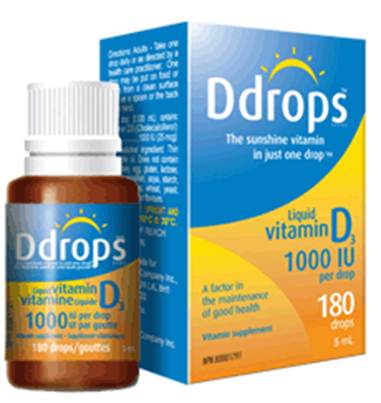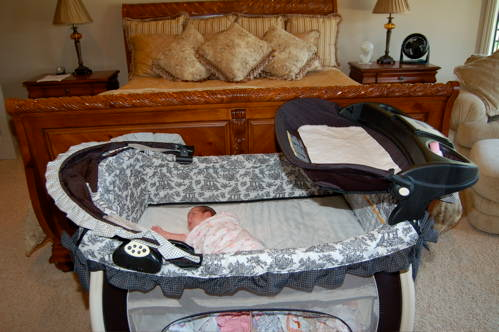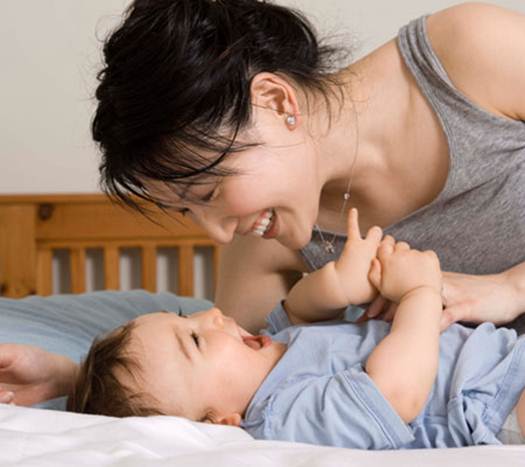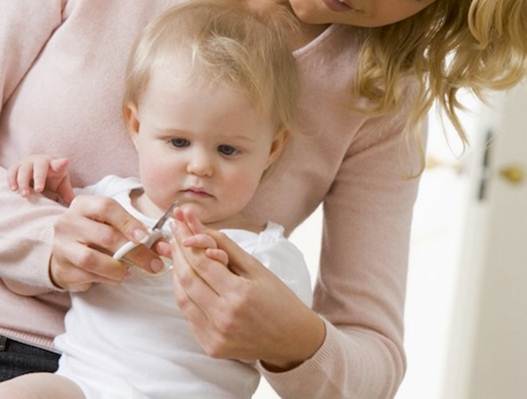Do it now vitamin D drops

One topic your paediatrician will likely
bring up at your first visit: Starting your newborn on vitamin D drops. The
body makes vitamin D when it’s exposed to the sunlight, but Child Advisor Dr.
Arun Wadhwa says that it’s advisable to keep infants younger than 6 months out
of the sun, especially during summer. “The vitamin D drops can be started when
the baby is just 15 dasys old to protect her bones, and help prevent diseases
such as diabetes and cancer. Your baby requires 1ml or 400 IU of vitamin D
drops every day till 2 years of age,” says Dr. Wadhwa.
Learn how
“Sun Sips and calshine D are some of the
commonly used vitamin D drops for babies,” says Dr. Wadhwa. Others, like
D-Vi-Sol, come as liquid suspensions (it’s best to squirt a full dropper of it
into your infant’s mouth). You should avoid putting vitamins and medications in
expressed breast milk, or other liquids: “If your baby doesn’t finish it, you
won’t know how much she actually took in,” Dr. Wiskind explains. If you want to
do it the natural way, Child Advisor Dr. rajiv Chhabra recommends 20 minutes of
daily massage in the sun, in the morning. “The early morning sun (around 8
a.m.) is a great source of vitamin D,” says Dr. Chhabra.
Do it later going down drowsy
Laying your little one in the crib before
his eyes shut, so he learns to fall asleep on his own is one of the first steps
you can take toward sleep training. Early on, though, he’ll probably fall
asleep in your arms – and that’s absolutely fane.
Learn how

In the first eight weeks, try laying your
babe sown in his bassinet when he’s still awake but starting to nod off; this
way, you’ll see if he can soothe himself to sleep. If you’re uncomfortable with
his crying, pick him up and try again later. Get him used to being horizontal
by lying with him on the floor as you look up at a mobile, or listen to music.
Do it later tummy time

You can wait till Baby is about 3 weeks old
before laying her on her belly each day. This will build her neck, core, and
arm strength, all of which is essential to develop the motor skills she needs
to roll over. Tummy time also takes pressure off the back of her head, and can
help prevent flat spots. Be sure to do it while she’s alert!
Learn how
“If Baby is lying on her belly on your lap,
that’s tummy time,” Dr. Chandra-Puri says. Once you’re ready to let your cutie
do it also, place her stomach-down on a play mat or blanket, and lie on the
floor next to her so she’ll be distracted by looking at you. “It’s okay to let
your child be mildly uncomfortable for five minutes so she’ll learn to soothe
herself in a new setting,” Dr. Wiskind says. Work up to letting her spend an
hour a day on her belly, spread out in increments gradually.
Do it now nail trimming

Giving those tiny nails a manicure is
intimidating, but if you let them grow, baby is likely to scratch himself. Clip
those tiny nails to keep the dirt away from accumulating in his tiny
fingertips.
Learn how
To begin, you’ll need a clean pair of
infant-size clippers or scissors, and an emery board. “I find it easiest to
clip nails when your baby is sleeping or being help by another adult,” Dr. Jana
says. Pull the skin on his fingertips away from his nails, and then carefully
clip along the carve of the nail, making sure you don’t leave any sharp edges.
Do it later storytelling hour and
playtime
Curling up with a book, and playing around
with toys are great ways to bond with your baby while building her cognitive
and motor skills. “The best stimulation for a newborn is your voice and face,”
says Dr. Wiskind. “Talk, sing, coo to your baby – things you do naturally.”
Learn how
Ready to read? Choose board books with
simple stories and colourful picture. “Then find a comfy spot, and hold your
infant cradled in one arm while you turn the pages,” Dr. Jana says. Don’t worry
if the board books end up in your baby’s mouth, or she turns the page before
you’re done; those are signs that she’s engaged and enjoying story hour.
At playtime, introduce toys that make a
noise, so your sweetie experiences new sensations. They also help her discover
cause and effect, and teach her to reach for objects, Dr. Jana says. Remember,
the fun has just begun!